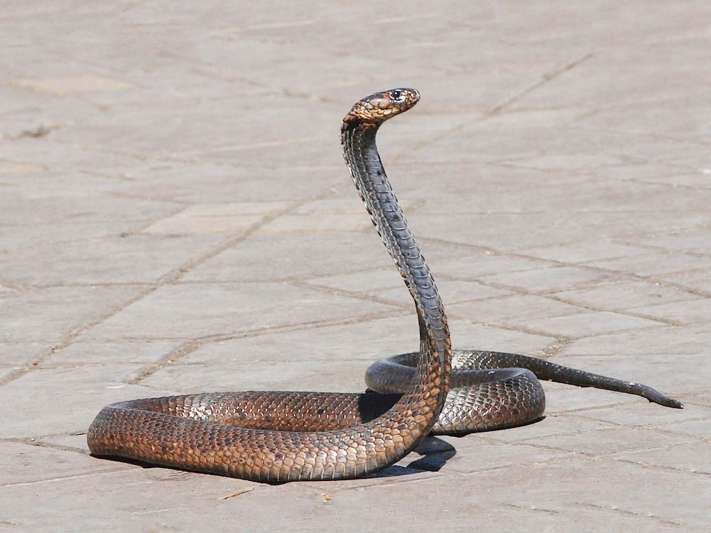With the increasing decline of greenery in the Eastern Ghats the wildlife is gradually inclined to be destitute, especially snakes. They more often than not are being frequently found in homes leading people to immense terror and panic, which often leads to their untimely death.
The population of these reptiles has been gradually decreasing with the thinning vegetation. With this in mind the organization ‘Save the Snakes’ has commenced a unique initiative under Pollination Project to conserve snake fauna in the Eastern Ghats. The initiative aims to improve the livelihoods of people who live in areas with high incidence of conflict with snakes and educate the locals to minimize the rampant killing of the reptiles of Eastern Ghats.
According to experts, in the Eastern Ghats region, more than 80 percent of the snakes are non-poisonous and harmless even if they bite. The venomous species include common cobras, kraits, Russel’s vipers and bamboo pit vipers.
The King Cobra, listed vulnerable under IUCN (International Union for Conservation of Nature) Red List of threatened species, has been selected as an ambassador. Their numbers are dwindling due to indiscriminate killing, poaching as well as road kills.
In this context, STS recently conducted an education program on various species of snakes at a rural school in Araku to sensitize the tribal students about the ecological importance of snakes, ways to identify venomous and non-venomous snakes and how to act in case of snakebite. Nagarjuna Sridhara, a volunteer, stated,” Issues such as how to avoid snakebite, first aid and remedies in case of venomous snake bites were taught to them in local language through slide shows and posters.”
Addressing the gathering, Kantimahanti Murthy, representing Eastern Ghats Wildlife Society (EGWS) and Save The Snakes (STS), said, “The aim of this initiative funded by Pollination Project is to create harmonious relationships between humans and snakes, reduce incidence of snake bites and ensure long-term survival of viable snake populations across their native habitats in the wild.”










Discussion about this post